A Multifaceted Book and Exhibition, ‘Black Earth Rising’ Contends with Colonialism, Land, and Climate

Between 450 B.C.E. and 950 C.E., a particularly fertile soil known by researchers as terra preta, literally “black earth” in Portuguese, was cultivated by Indigenous farmers in the Amazon Basin. The soil was made with broken pottery, compost, bones, manure, and charcoal—which lends its characteristic dark shade—making it rich in nutrients and minerals.
The historic, fecund material becomes a symbolic nexus for the exhibition Black Earth Rising, now on view at Baltimore Museum of Art. Curated by journalist and writer Ekow Eshun, the show illuminates several links between the climate crisis, land, presence, colonization, diasporas, and social and environmental justice.
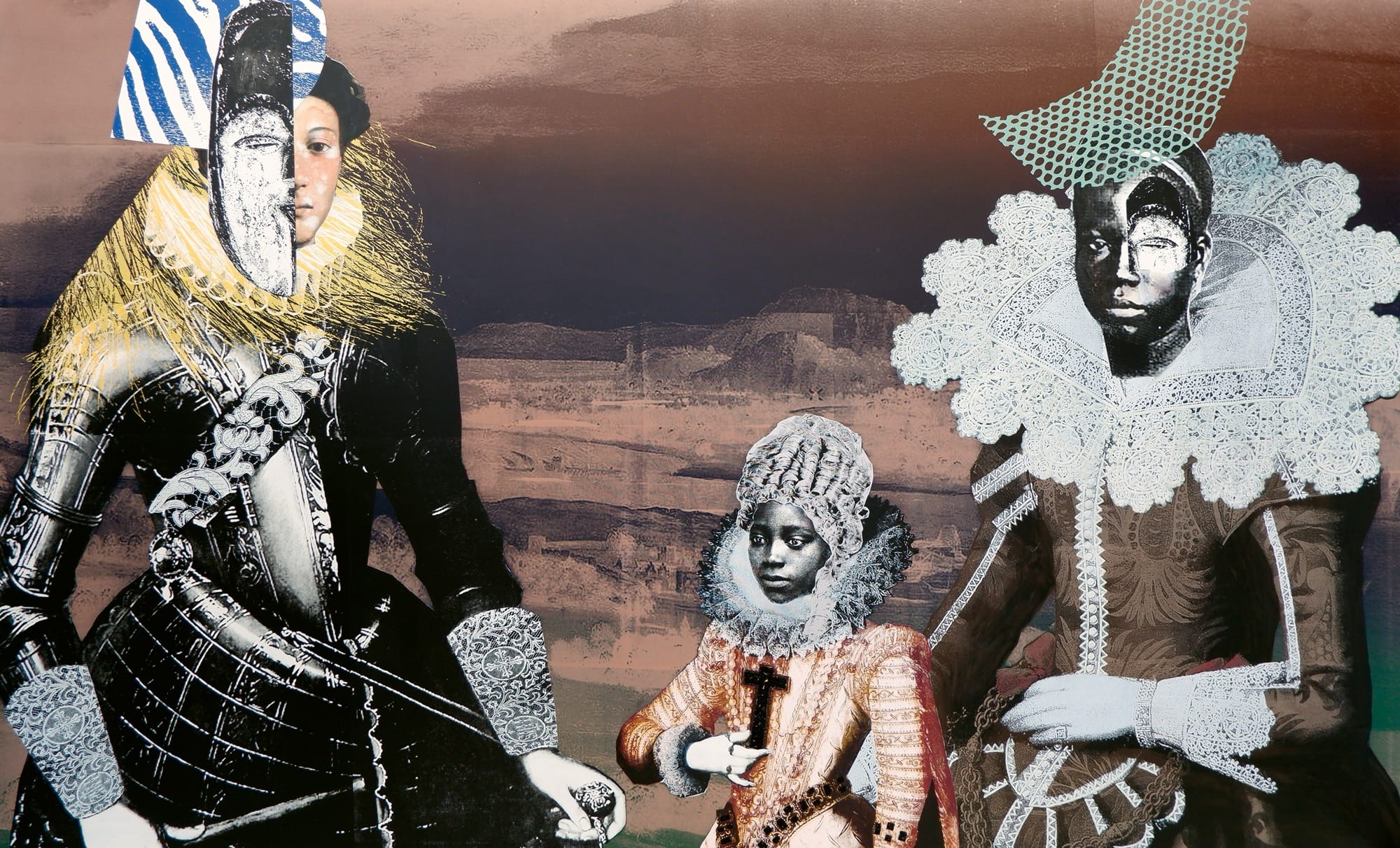
Accompanying the exhibition is a new anthology published by Thames & Hudson titled Black Earth Rising: Colonialism and Climate Change in Contemporary Art, which highlights works by more than 150 African diasporic, Latin American, and Native American contemporary artists.
The volume explores intersections between slavery and forced migration, the environmental consequences of colonialism, socio-political injustices experienced by urban Black and Brown communities, and the violent occupation of Native lands—all through the lens of learning from Indigenous knowledge systems and a wide range of cultural practices to consider more carefully how we view and interact with the natural world.
Black Earth Rising brings together striking works by some of the art world’s most prominent practitioners, from Cannupa Hanska Luger and Precious Okoyoman to Wangechi Mutu and Firelei Báez, among many others. Hanska Luger’s ongoing project, Future Ancestral Technologies, takes a multimedia approach to science fiction as a vehicle for collective thinking. Luger describes the project as a way to imagine “a post-capitalism, post-colonial future where humans restore their bonds with the earth and each other.”
Carrie Mae Weems’ photograph “A Distant View,” from The Louisiana Project, approaches the history of enslaved women in the South through the perspective of a muse—the artist herself—spectrally inhabiting a seemingly idyllic landscape. Reflecting on the relaxed atmosphere of the image, we’re confronted with the stark reality experienced by Black people who were forced to labor on plantations, these grand houses now symbolic of atrocious violence and inequities.
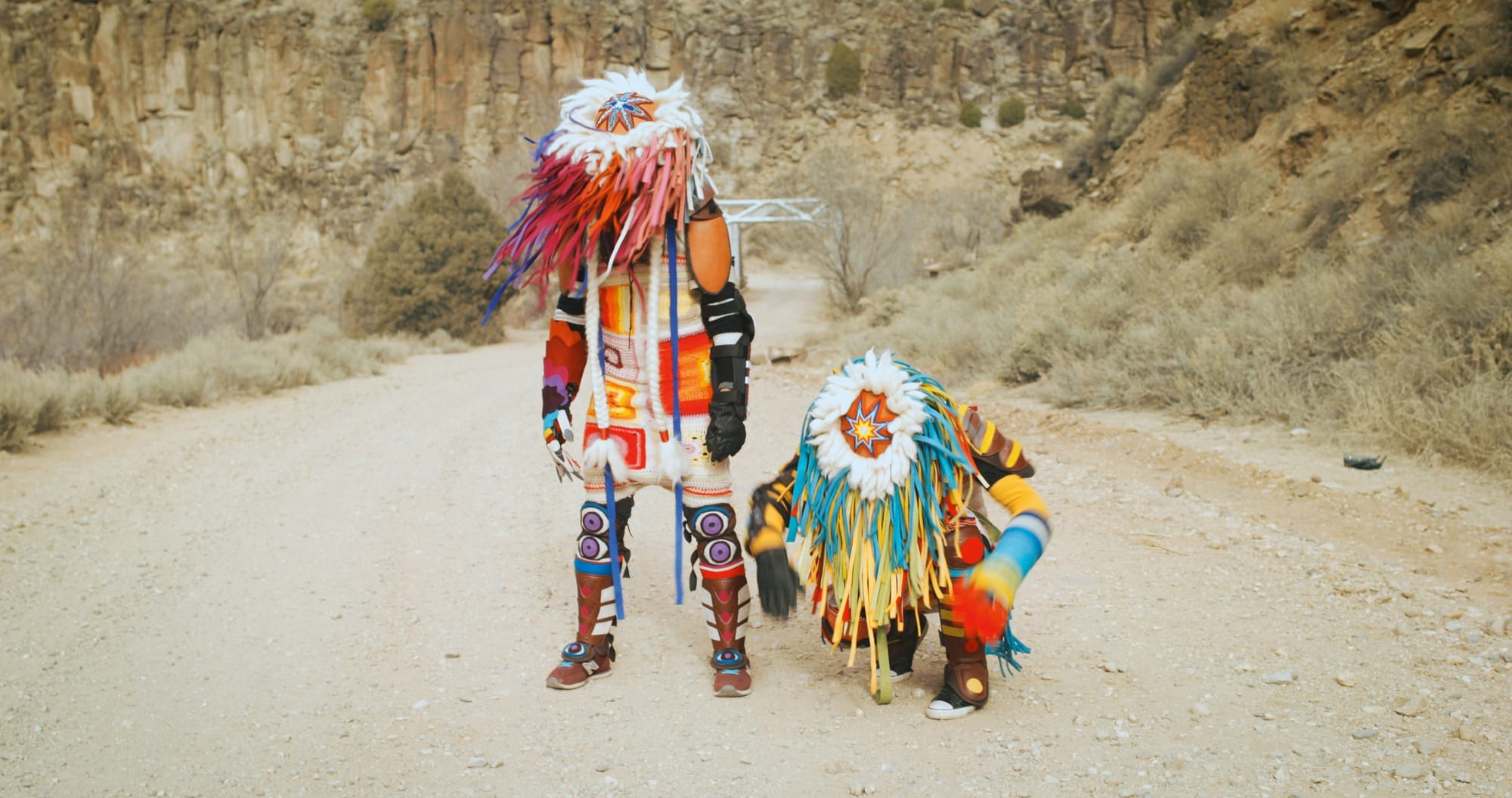
“Black Earth Rising presents a discourse on climate change that places the voices of people of color at the active center rather than on the passive periphery,” says a statement from the publisher.
Through a wide variety of paintings, photography, sculpture, installation, and interdisciplinary pieces, readers—and visitors to the exhibition—are invited to consider how the continuum of history influences the climate crisis today and how we can proceed toward a future that centers unity and deeper relationships with nature.
The Black Earth Rising exhibition continues through September 21. Find your copy of the anthology on Bookshop, and plan your visit to the show on the Baltimore Museum of Art’s website.
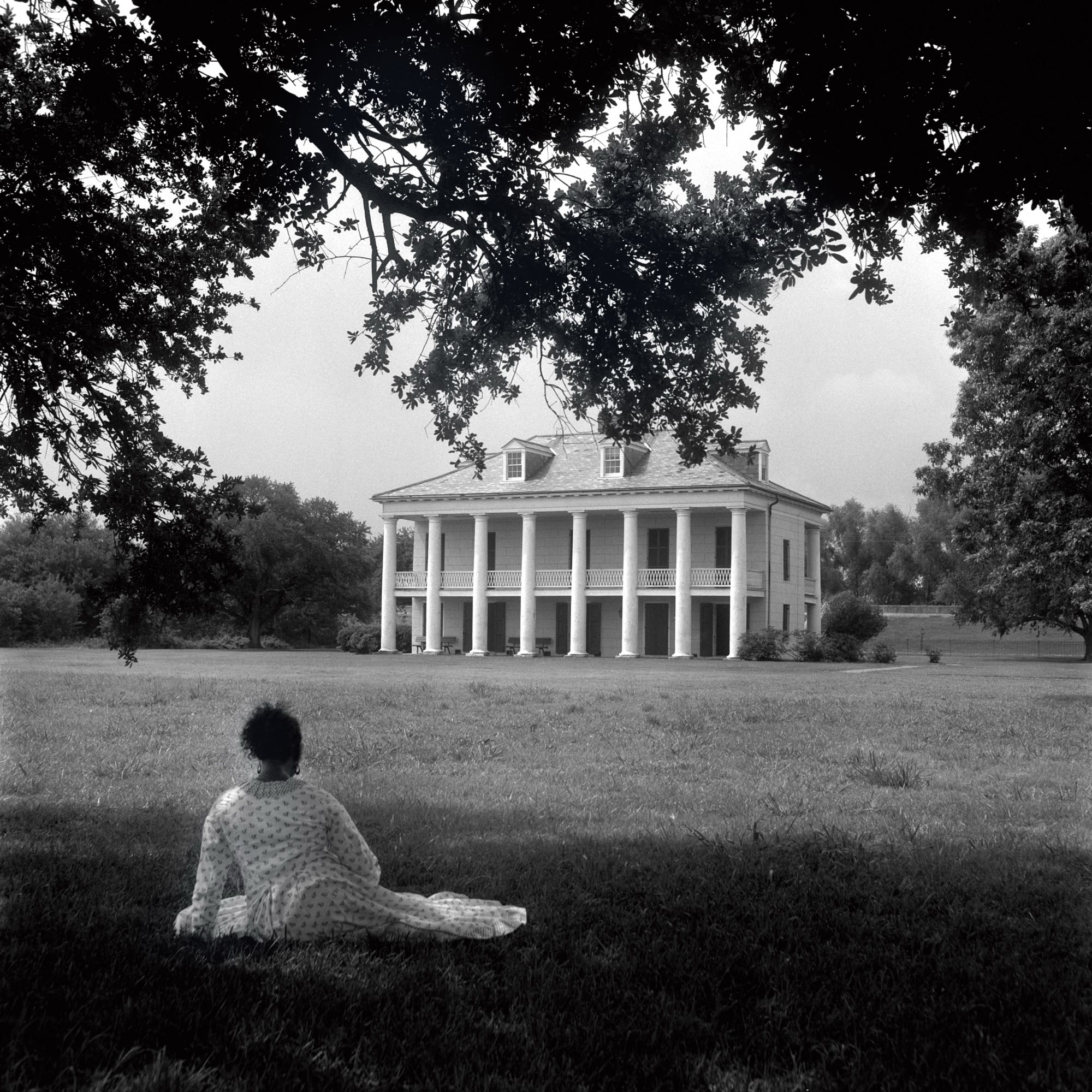
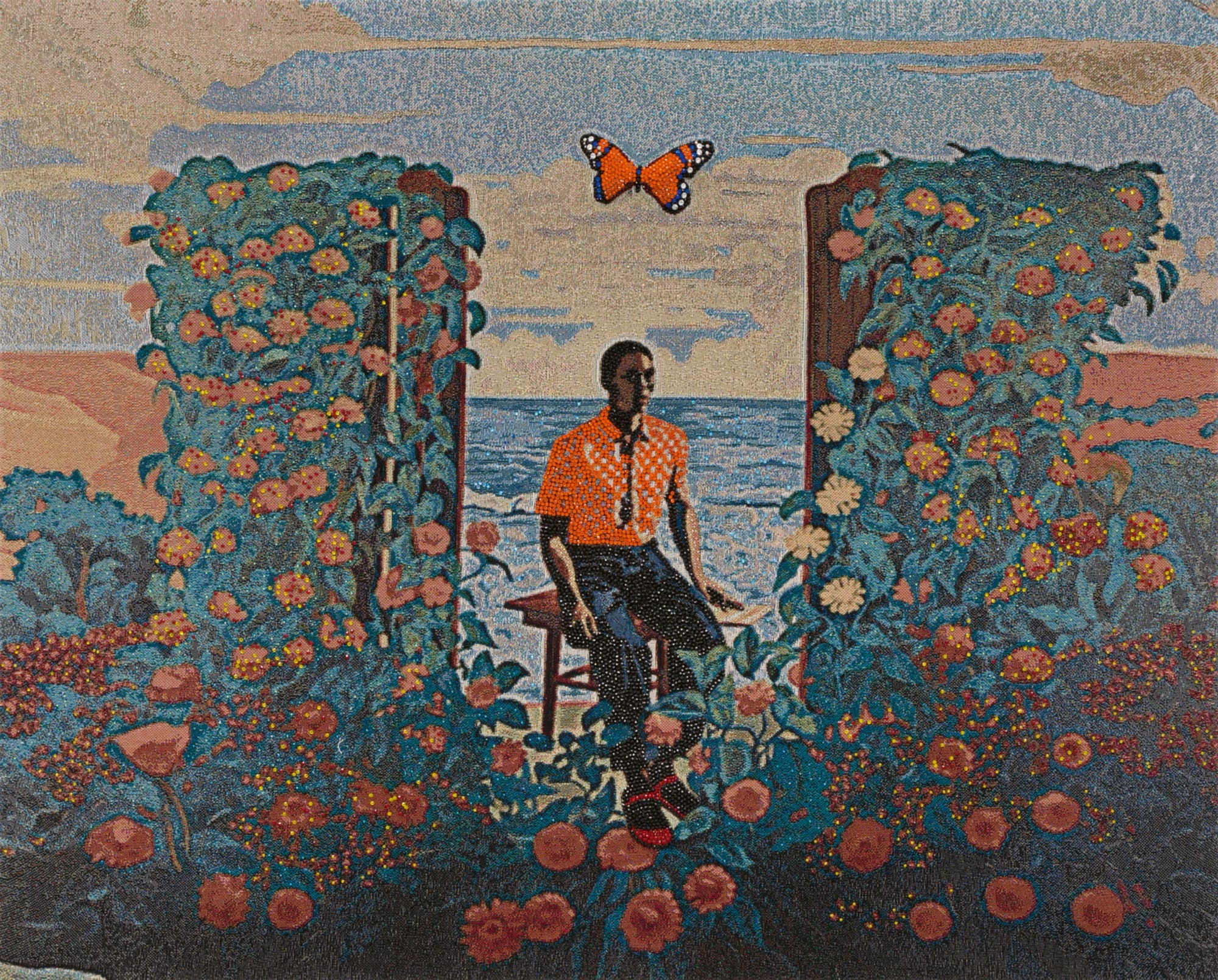

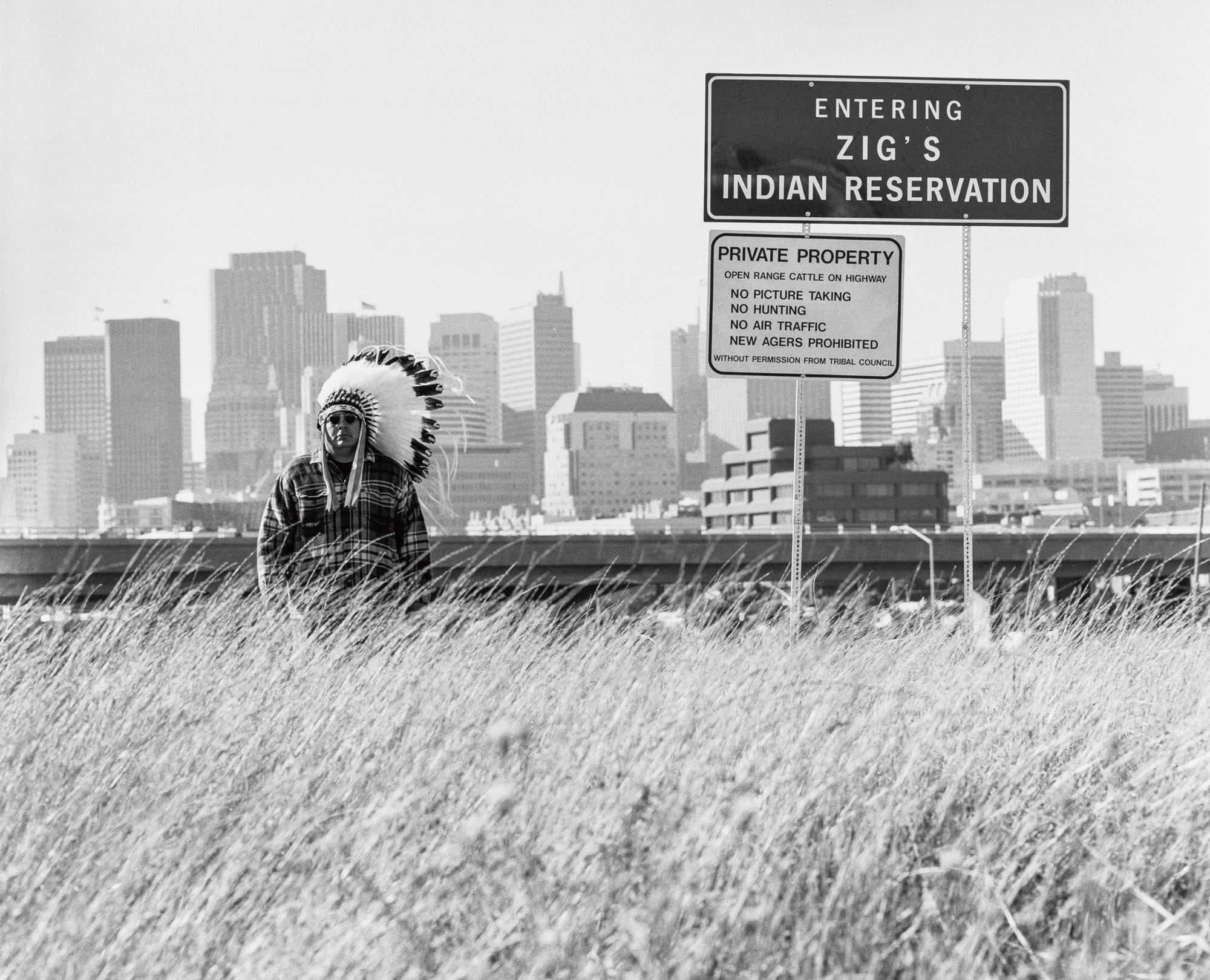
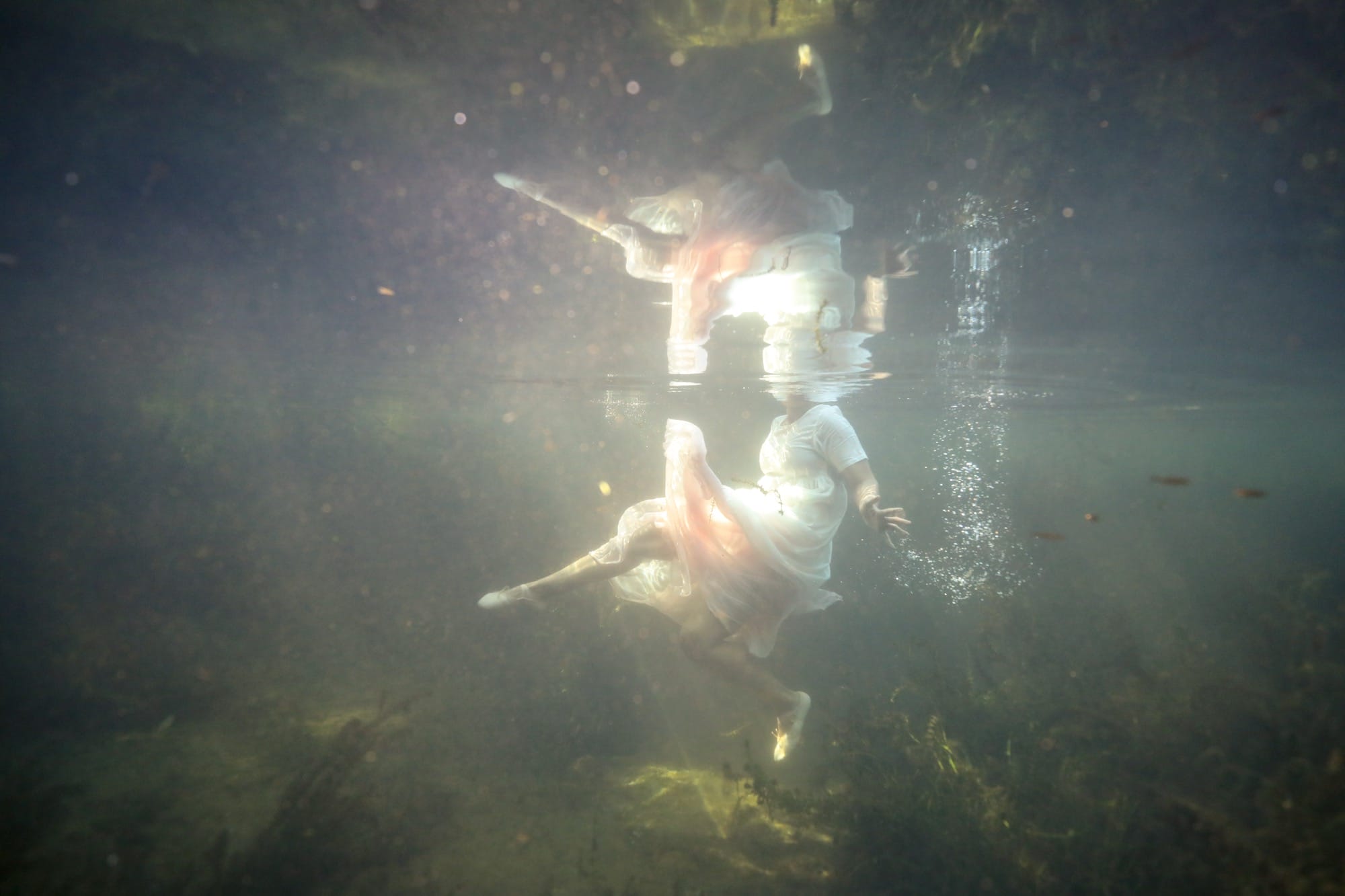

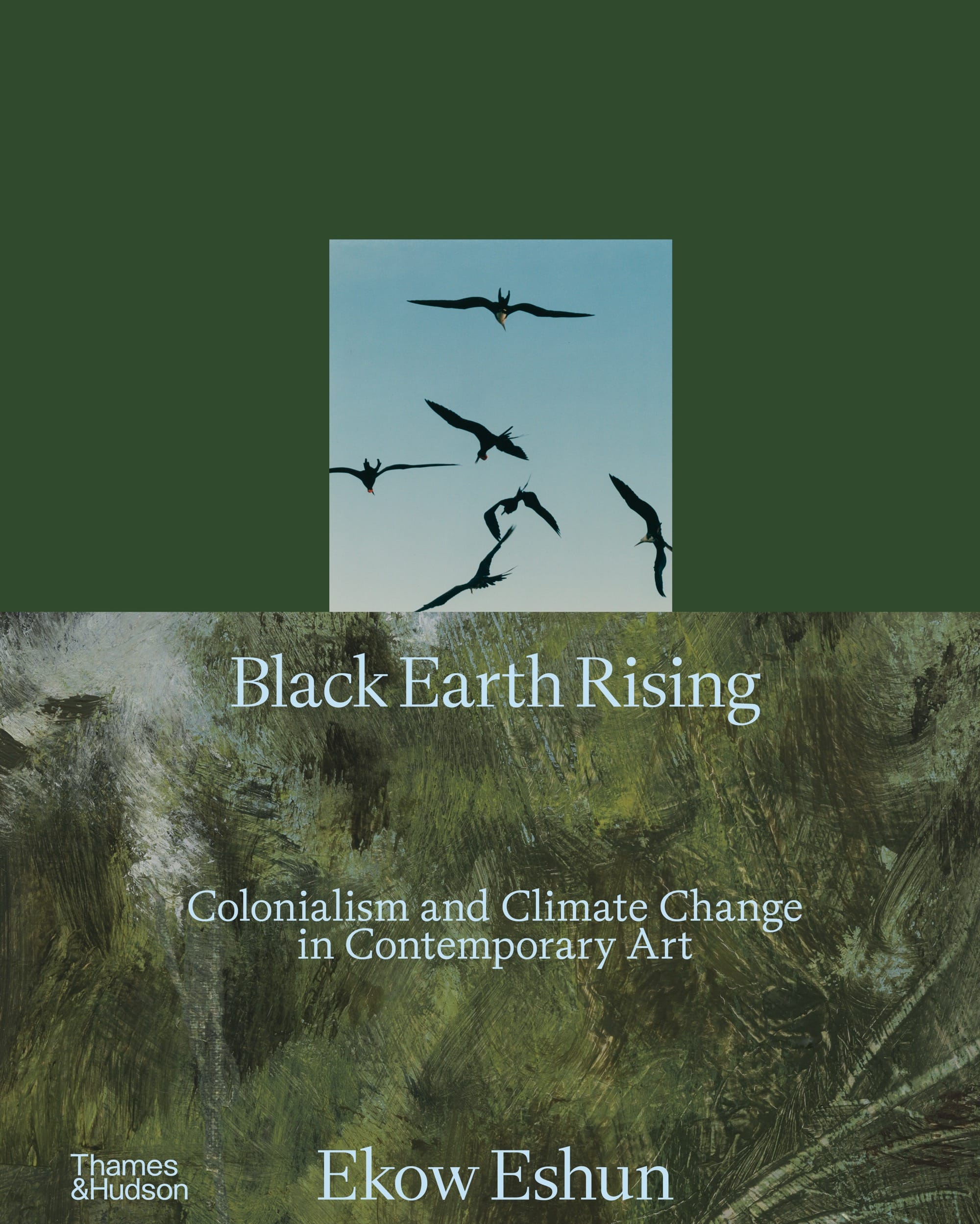
Do stories and artists like this matter to you? Become a Colossal Member today and support independent arts publishing for as little as $7 per month. The article A Multifaceted Book and Exhibition, ‘Black Earth Rising’ Contends with Colonialism, Land, and Climate appeared first on Colossal.